14 Ancient City Walls You Can Still Walk On
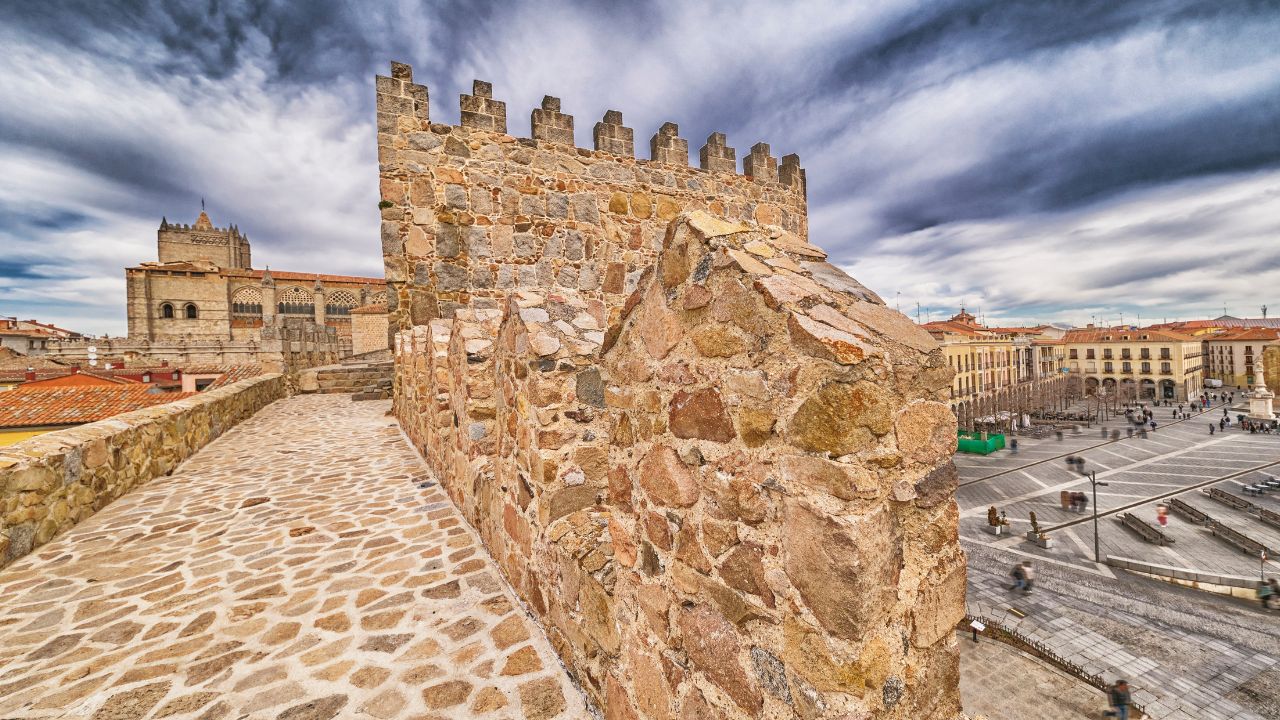
Walking on ancient city walls isn’t just a scenic activity, it’s a journey into the past. These preserved fortifications once protected cities from invasions and now offer travelers sweeping views and centuries-old charm. From medieval European towns to ancient Asian strongholds, these 14 city walls remain fully or partially intact and open for walking. They’re perfect for slow strolls, panoramic photos, and imagining life from another era, all without stepping into a museum.
Dubrovnik Walls, Croatia
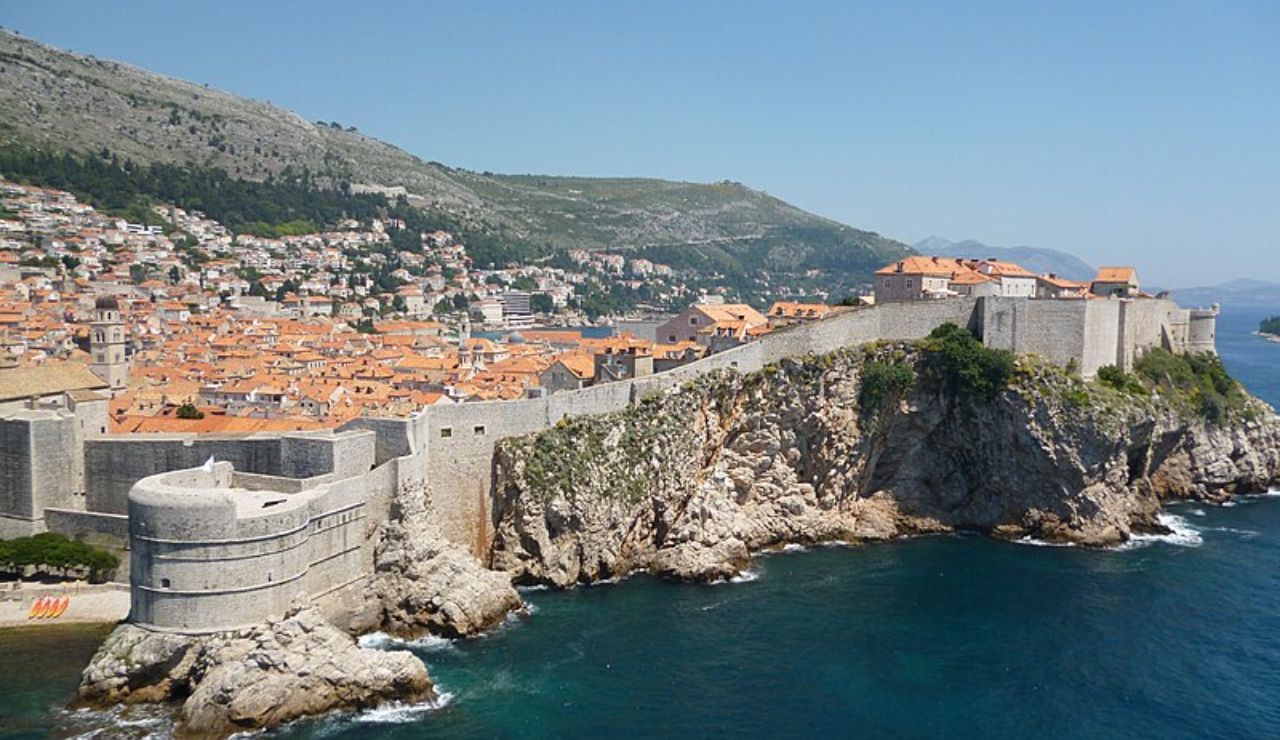
The medieval walls of Dubrovnik encircle its old town, rising high above the Adriatic Sea. You can walk the full loop in about two hours, passing towers, gates, and spectacular viewpoints. The stone pathways offer unmatched views of terracotta rooftops and the coastline. It’s a favorite for Game of Thrones fans, but even if you’ve never watched an episode, the history and beauty here are unforgettable. Early morning or sunset visits offer fewer crowds and better light.
Xi’an City Wall, China

Built during the Ming Dynasty, Xi’an’s city wall is one of the oldest and best-preserved in China. Stretching nearly 8.5 miles, this massive structure can be explored on foot or by bike. It surrounds the city center and offers a mix of ancient architecture and modern skyline views. Lanterns line the wall at night, giving it a magical glow. Couples often rent tandem bikes, making it a fun and unique way to explore this historic Chinese capital together.
Ávila City Walls, Spain
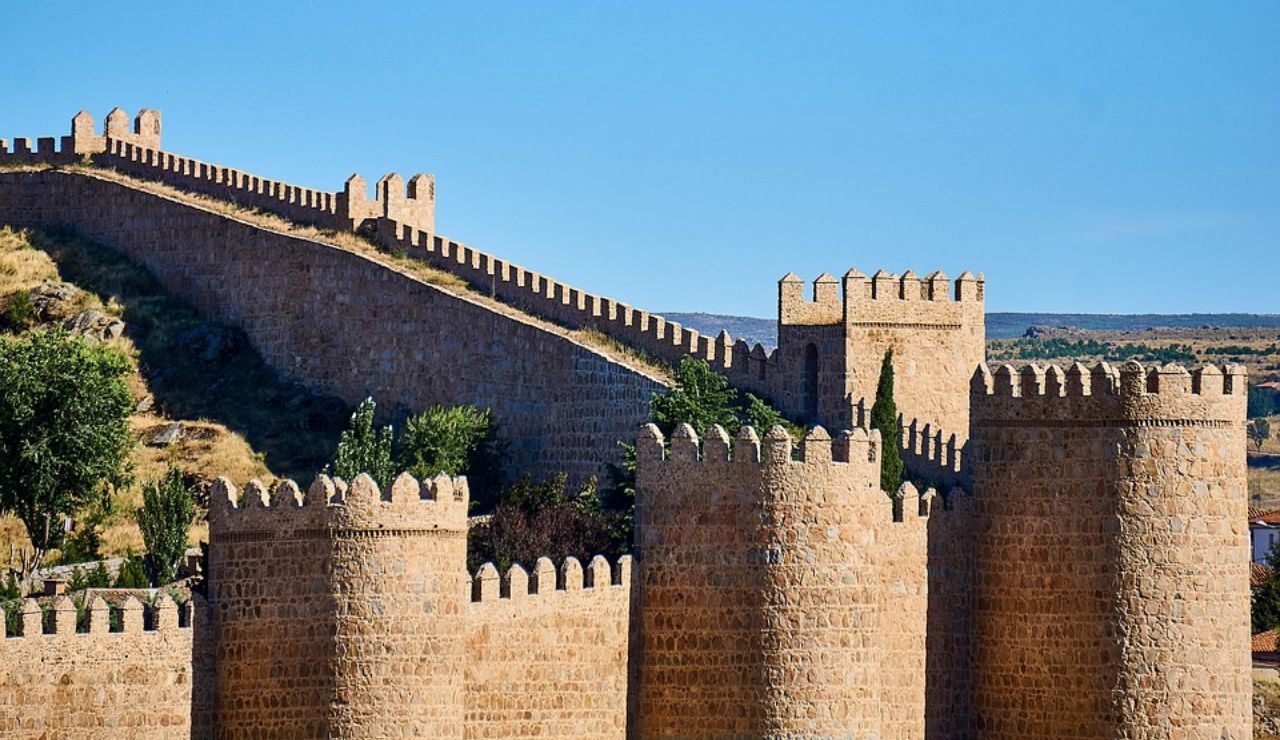
Spain’s Ávila boasts one of the most complete medieval walls in Europe, with 88 towers and nine gates. Built in the 11th century, these golden-stone walls stretch over 8,000 feet and offer a walking route with breathtaking views of both the city and surrounding countryside. At night, the walls are beautifully illuminated. Walking here feels like stepping into a medieval fairy tale, especially in autumn when the city is quiet and the air crisp and cool.
York City Walls, England
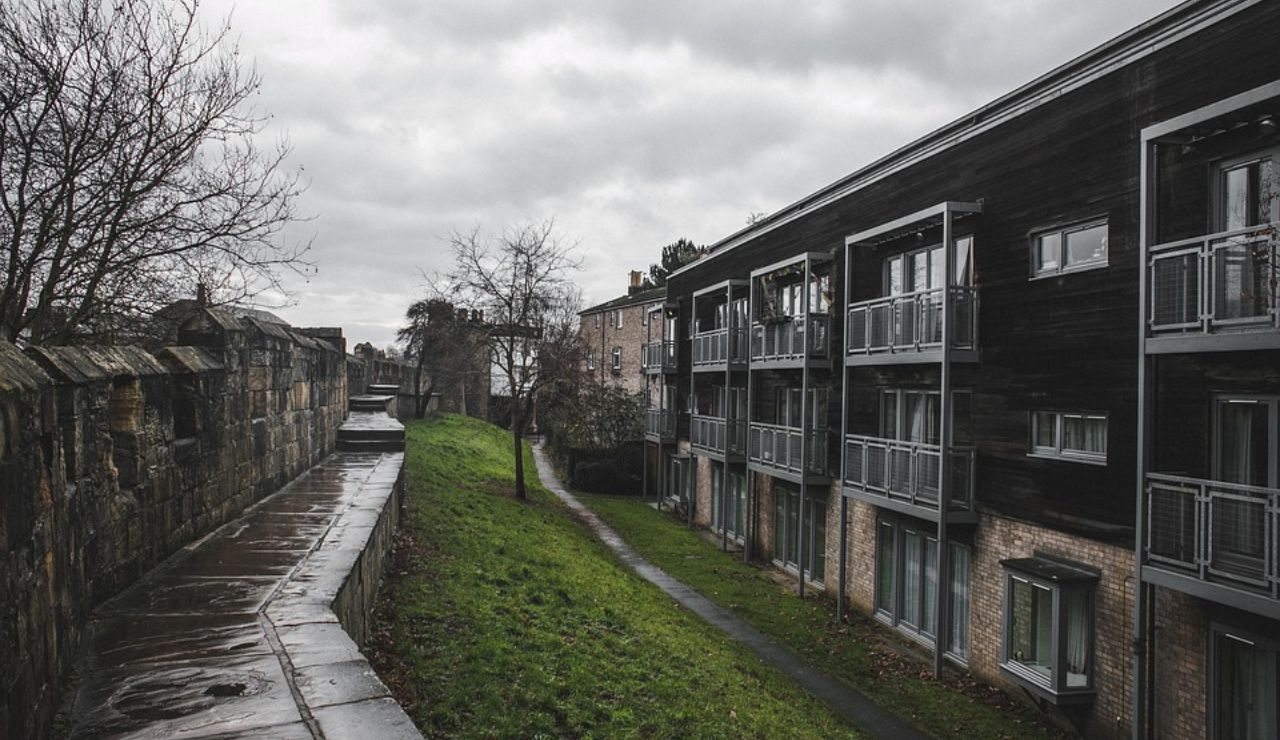
York’s city walls, dating back to Roman times, wrap around the old city and provide a perfect vantage point over medieval streets. The full circuit is about two miles and passes iconic sites like York Minster and ancient gates called “bars.” With green spaces, historic plaques, and places to stop for tea, this walk is both relaxing and educational. It’s one of the best-preserved city wall walks in England, and ideal for slow, romantic strolls.
Carcassonne Walls, France
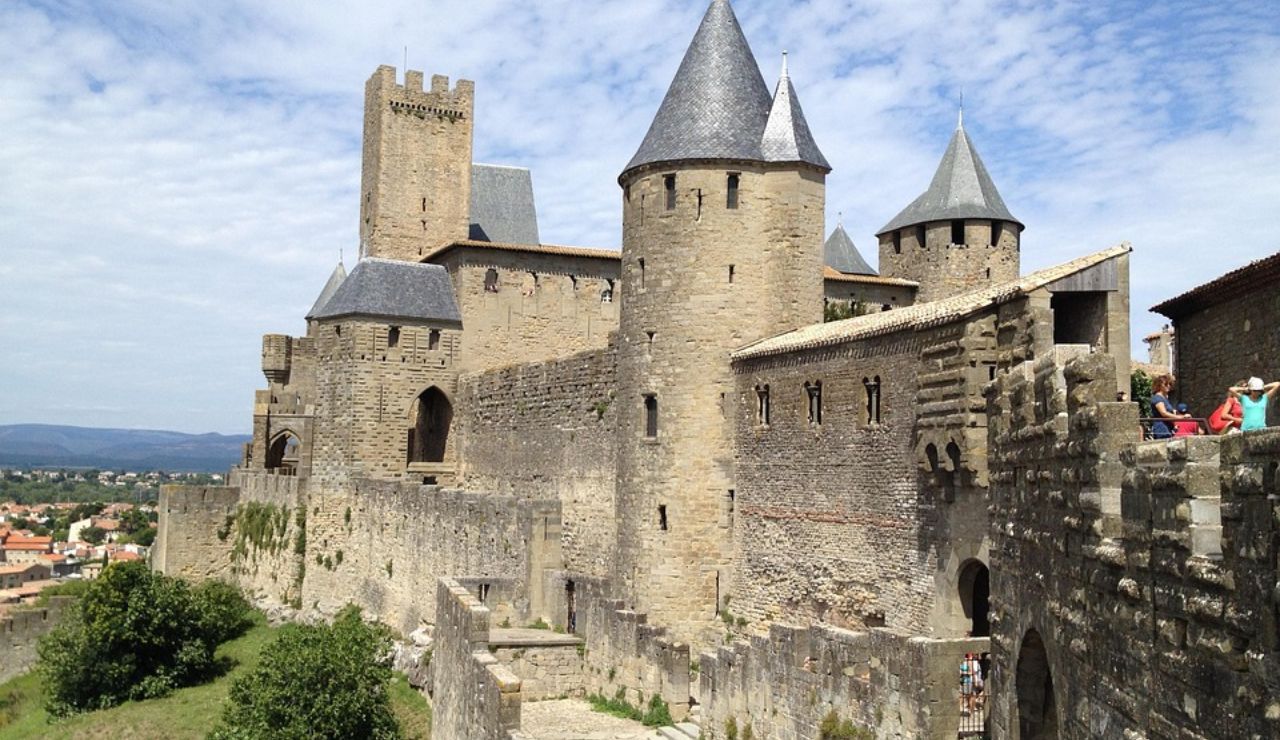
The double-walled fortress of Carcassonne is like something out of a storybook. Its restored ramparts stretch along a hilltop, offering dramatic views of the Aude River and nearby vineyards. While some sections are free to walk, others require an entry ticket. The combination of towers, cobblestone paths, and arched gates creates a deeply immersive medieval experience. Couples can enjoy cafés just outside the walls for a glass of wine after exploring.
Lucca City Walls, Italy
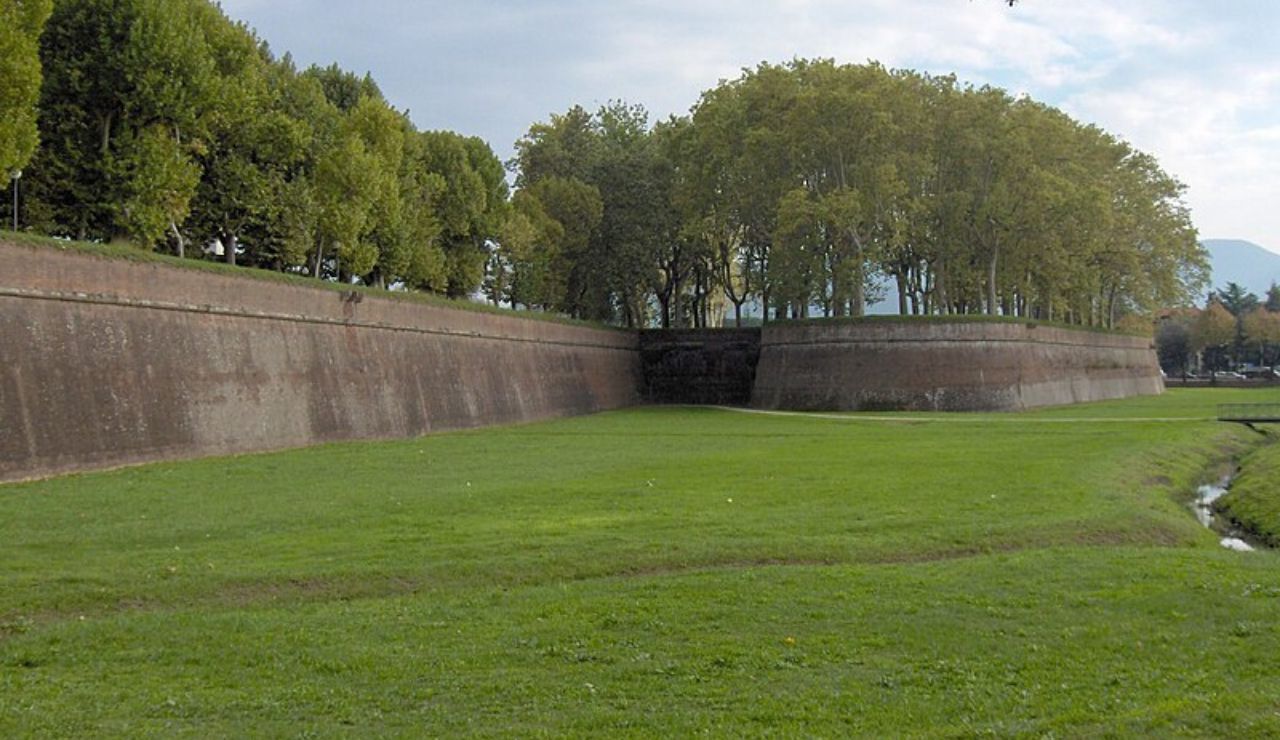
Lucca’s Renaissance-era walls are now a peaceful pedestrian promenade encircling the historic center. At 2.5 miles, the loop is popular with walkers, joggers, and cyclists. Tree-lined and elevated, it offers fantastic views of the city’s towers and gardens. Built to protect, the walls now invite relaxation. Pack a picnic or rent a bike for two, you’ll find benches, shady spots, and local life all around. It’s a serene way to explore Tuscany without the crowds.
Tallinn City Walls, Estonia
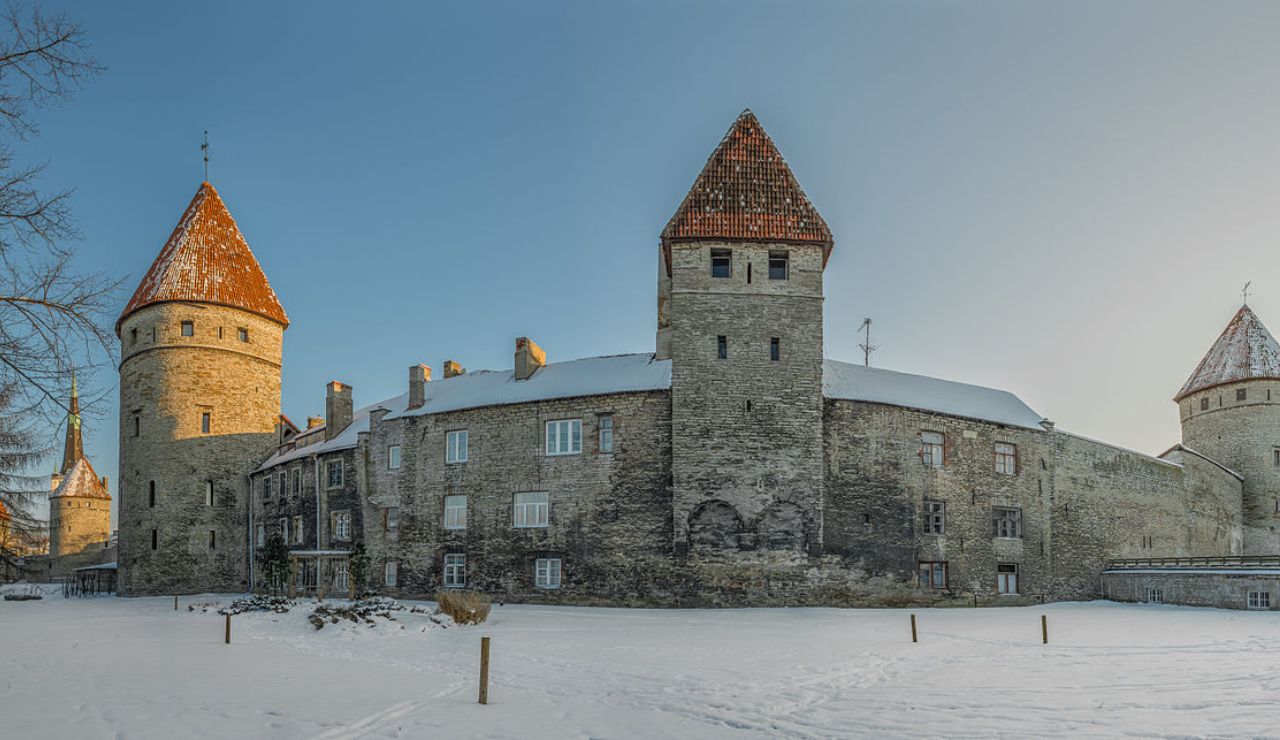
Tallinn’s medieval walls are among the most charming in Europe. Though not all sections are walkable, towers like Kiek in de Kök and the Hellemann Tower offer elevated views and access to segments of the wall. Strolling through the old town below, with its red rooftops and winding streets, adds to the magic. The contrast between the ancient stone and the fairytale vibe of Tallinn makes this an ideal spot for couples seeking a slower, scenic travel moment.
Nanjing City Wall, China
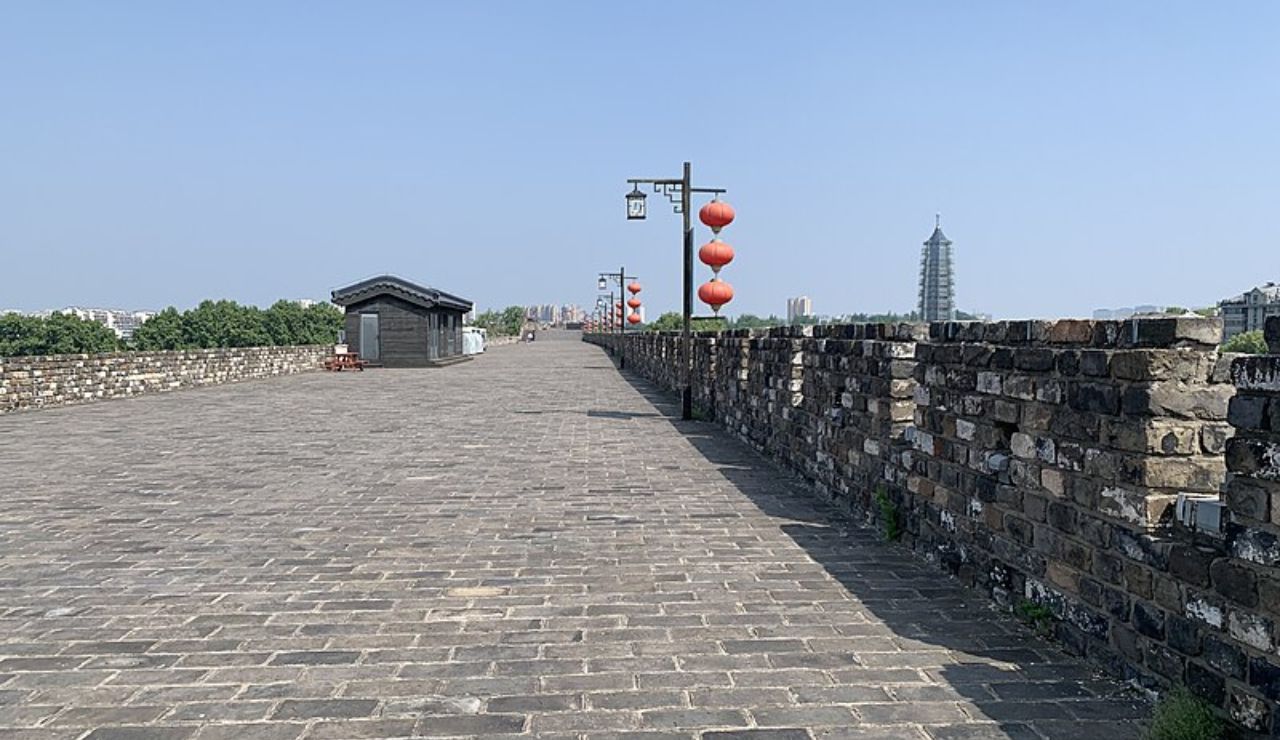
Built in the 14th century during the Ming Dynasty, the Nanjing City Wall is one of the largest ancient city walls still standing. Originally over 20 miles long, about 15 miles remain today, some parts open to the public. Strolling along this massive stone structure, you’ll see ancient bricks carved with the names of workers who built it, panoramic views of the Yangtze River, and peaceful parks nearby. Unlike busier tourist spots, Nanjing’s wall offers a quiet, reflective walk through centuries of Chinese history and impressive engineering.
Chester City Walls, England
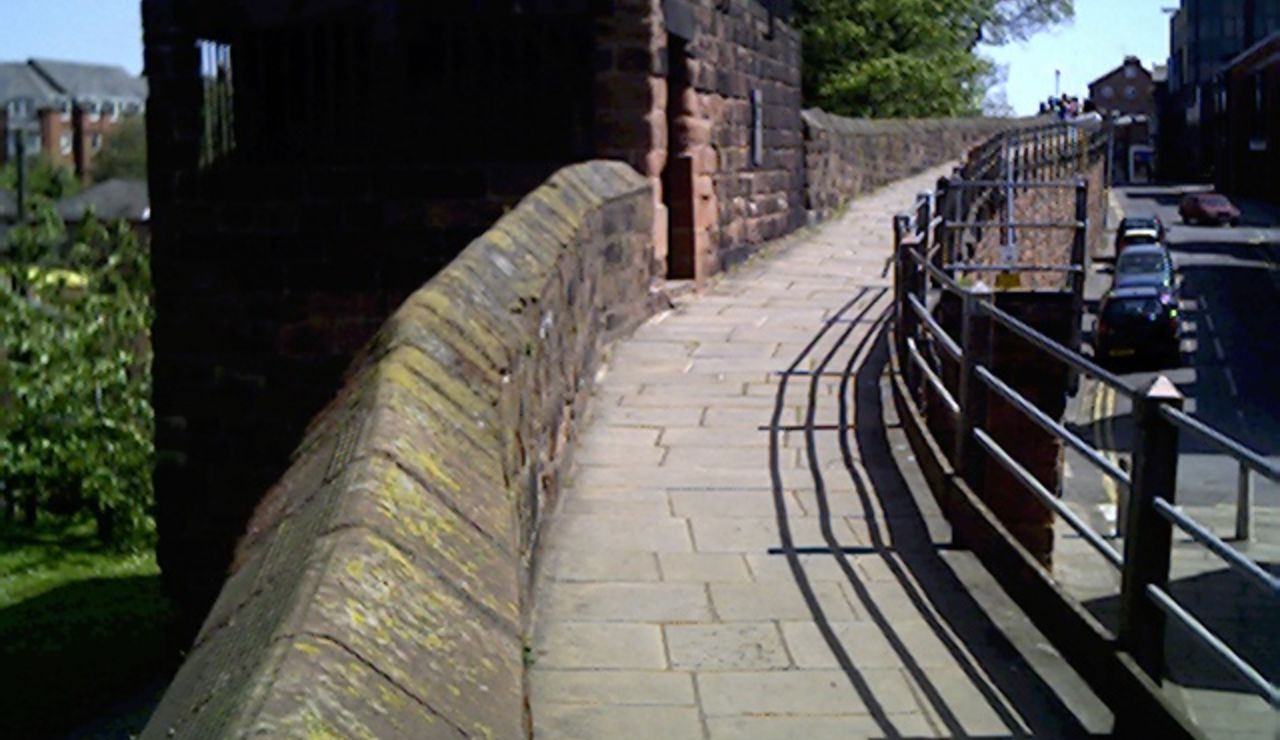
Chester’s walls are the oldest, longest, and most complete in Britain, dating back to Roman times. The full circuit is just under two miles and includes a mix of Roman, medieval, and Victorian elements. Along the way, you’ll pass the River Dee, Roman gardens, and the famous Eastgate Clock. The wall is easy to access and well-maintained, making it ideal for casual walks and historic immersion. It’s like an open-air museum with no ticket required.
Derry Walls, Northern Ireland
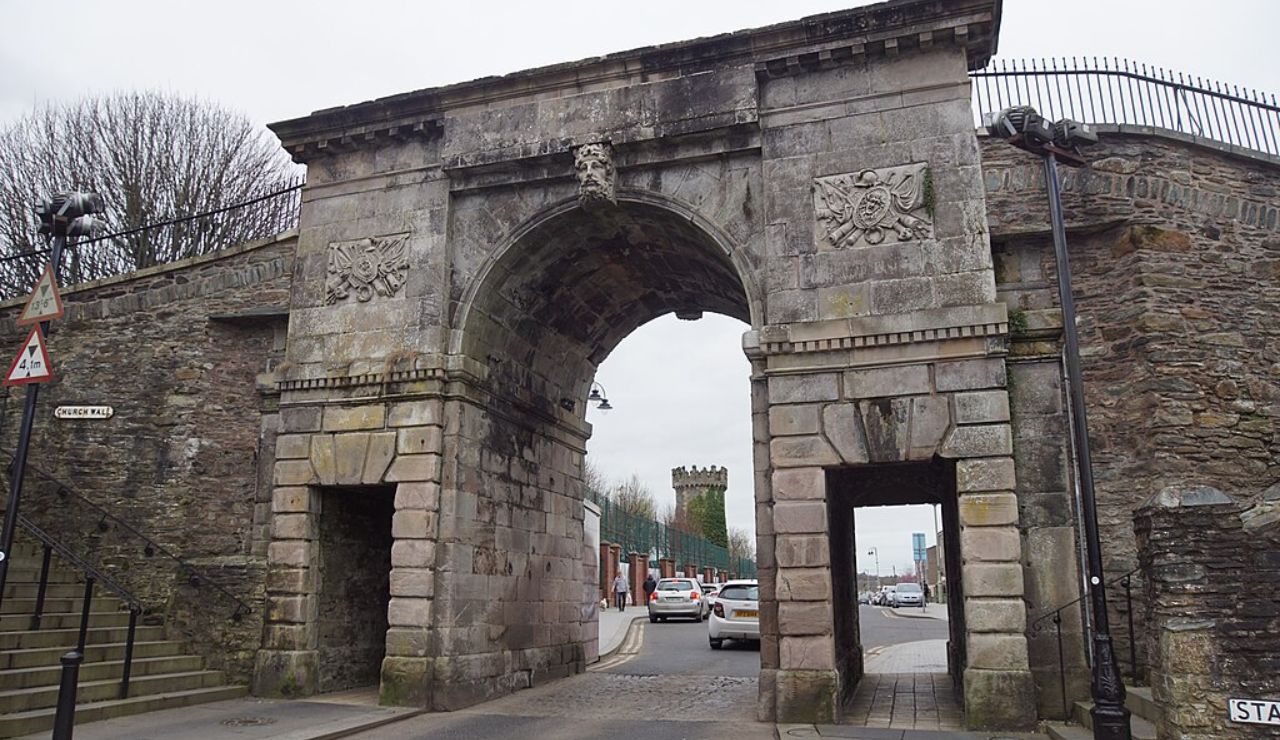
The 17th-century walls of Derry are the only completely intact city walls in Ireland. A full loop is less than a mile and includes bastions, cannons, and views of both the old city and modern neighborhoods. The path is wide and well-paved, with informational plaques throughout. Derry’s walls played a role in many historical moments, including The Troubles, making this walk educational as well as scenic. It’s a compact, powerful window into Ireland’s layered past.
Québec City Walls, Canada
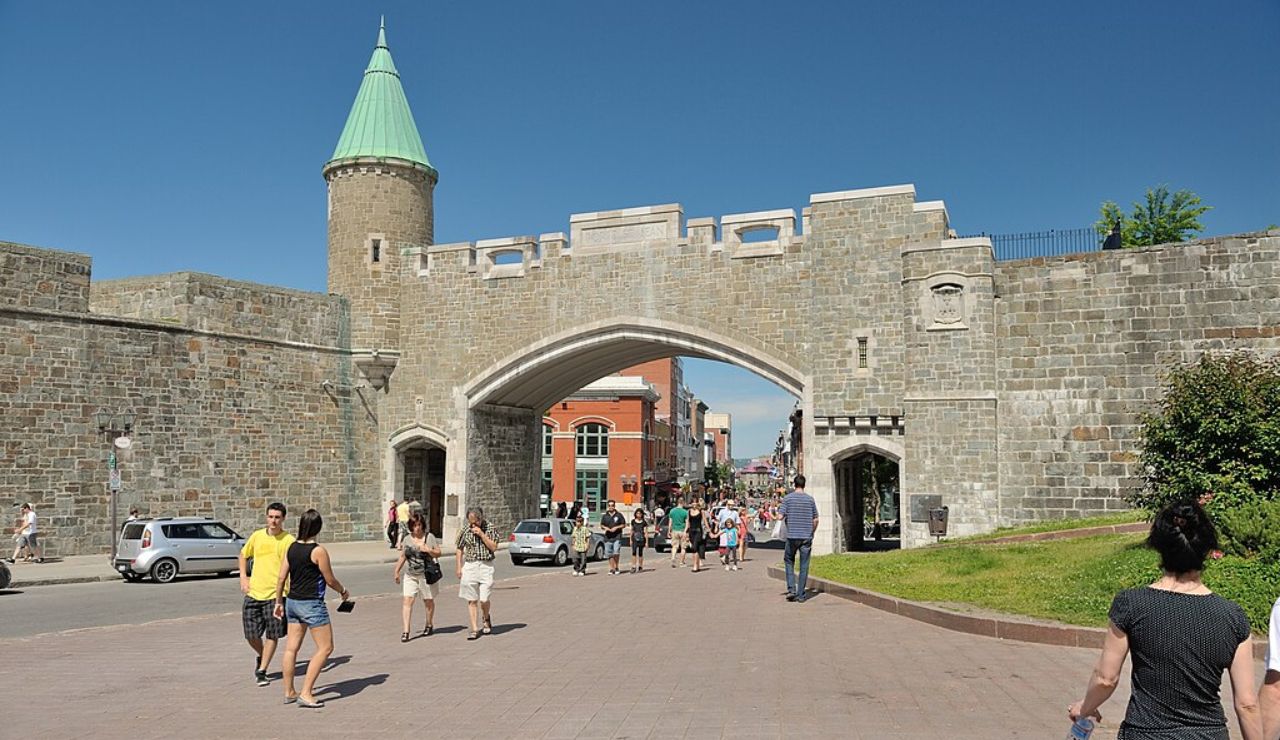
Often called the only walled city north of Mexico, Québec stands out for having the only fully intact fortified walls in the region. Stretching nearly three miles, these ramparts offer sweeping views of the old city, the St. Lawrence River, and Château Frontenac. Cobblestone walkways, leafy trees, and stone outposts create a setting that feels more European than North American. Whether dusted in snow or glowing in autumn light, this is one of the continent’s most atmospheric walks.
Rhodes Old Town Walls, Greece
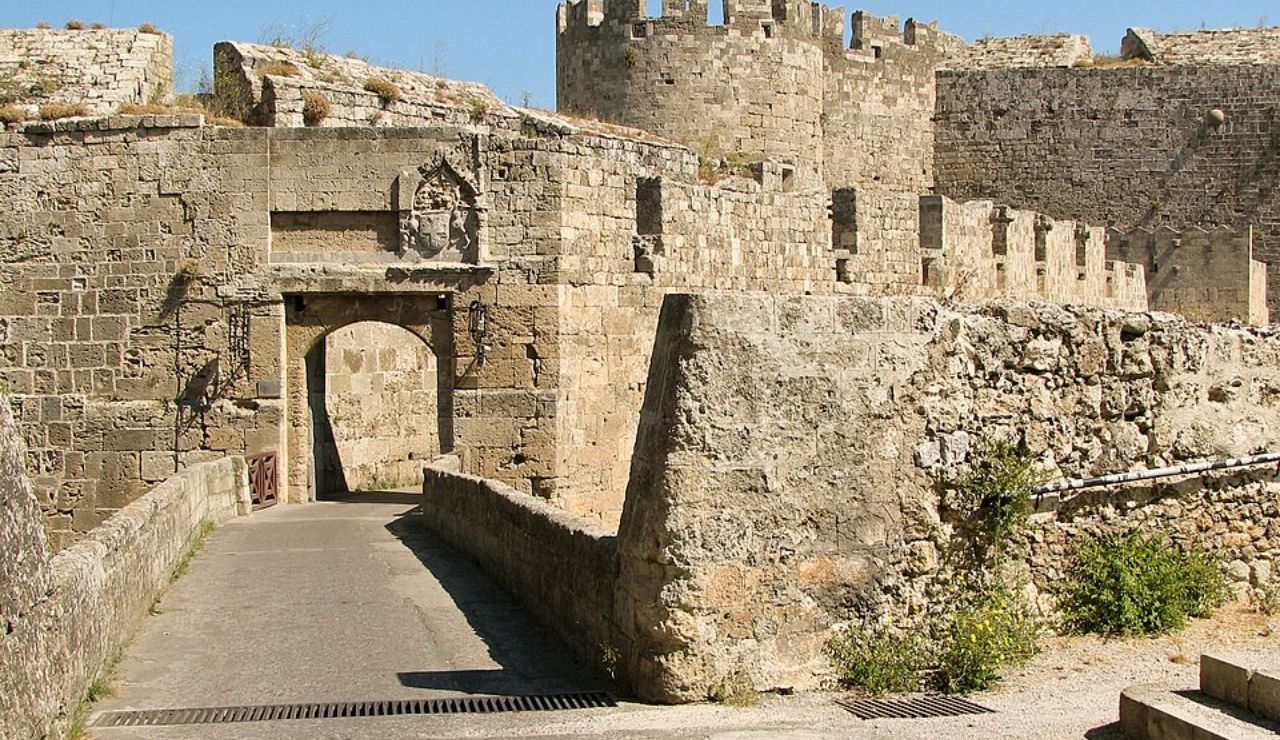
The medieval walls of Rhodes encircle one of Europe’s oldest inhabited old towns. Built by the Knights of St. John, the thick walls feature towers, moats, and gates that feel straight out of a fantasy novel. While not every part is walkable, several segments and gates are open to visitors. Views of the harbor, narrow lanes, and palm trees make this a sensory-rich experience. Exploring these ancient defenses offers both beauty and a touch of mystery.
Visby City Wall, Sweden
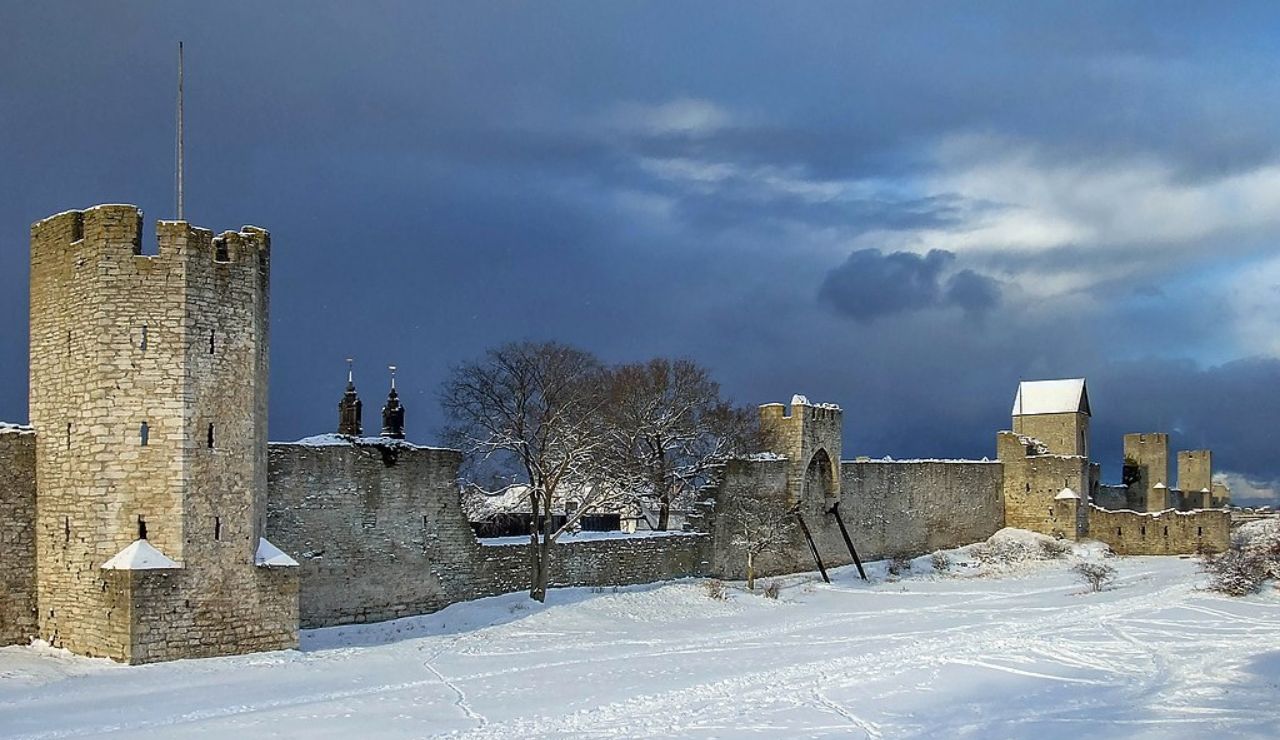
The Visby wall on the island of Gotland is a well-preserved medieval wonder. Originally built in the 13th century, the limestone wall runs over two miles and includes 27 towers. Though only some sections are open for walking, the surroundings, wildflowers, ocean breezes, and quiet lanes, add to the romance. Each tower and gate has a name and story, inviting exploration and imagination. Visby is a calm, historic town perfect for a couples’ weekend retreat.
Istanbul Walls of Constantinople, Turkey
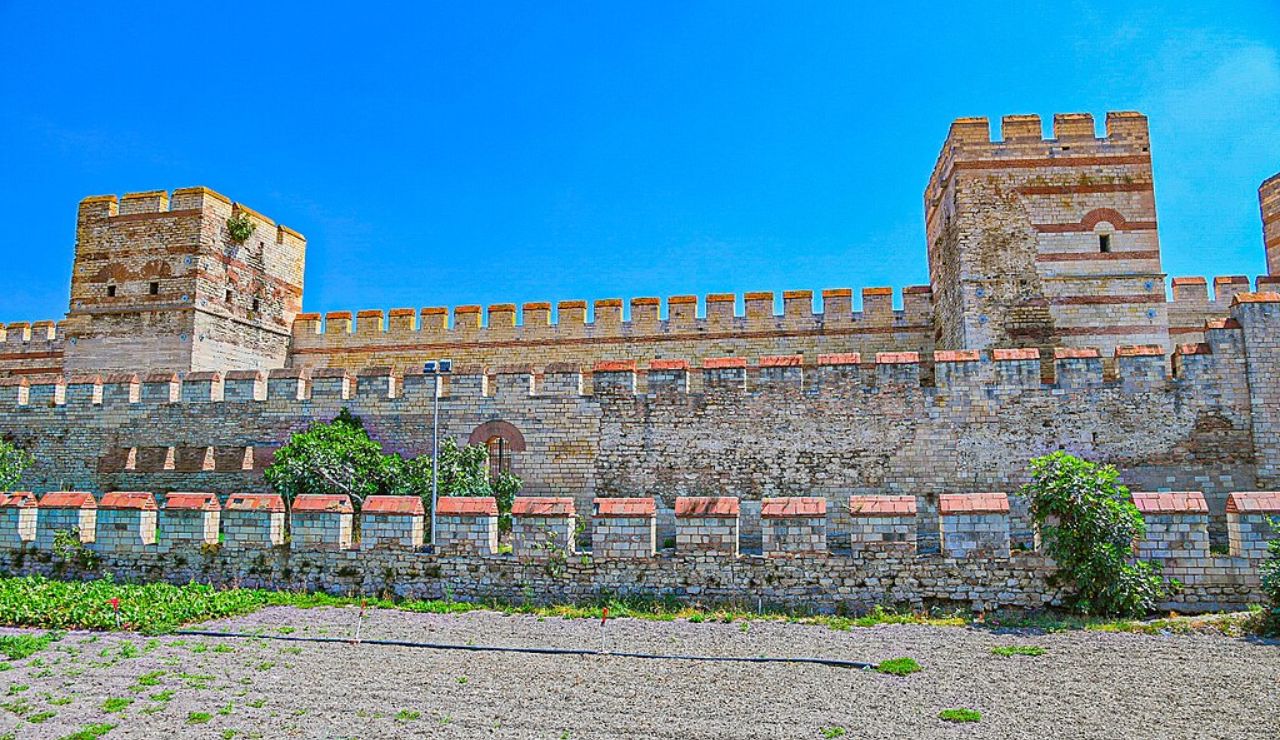
The formidable Theodosian Walls of Constantinople once protected the Byzantine Empire’s capital. While many sections are in ruins, portions have been restored and are walkable, particularly around Yedikule Fortress. The scale is staggering, massive stone ramparts that withstood centuries of siege. As you walk, you’ll see remnants of gates, towers, and old city life. It’s a powerful reminder of Istanbul’s role as a bridge between Europe and Asia, past and present.